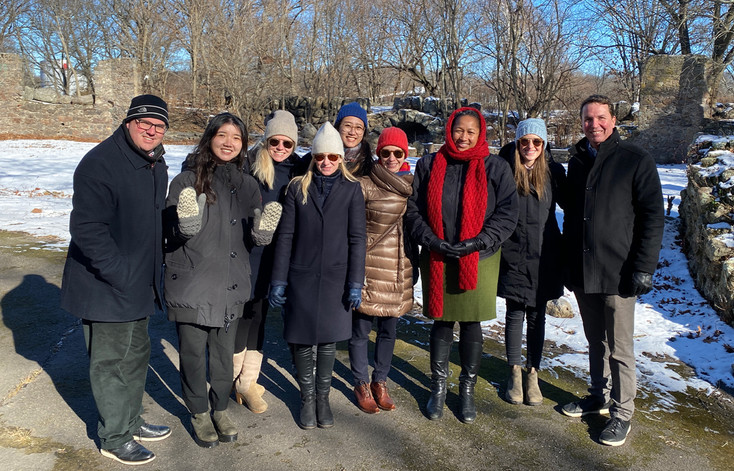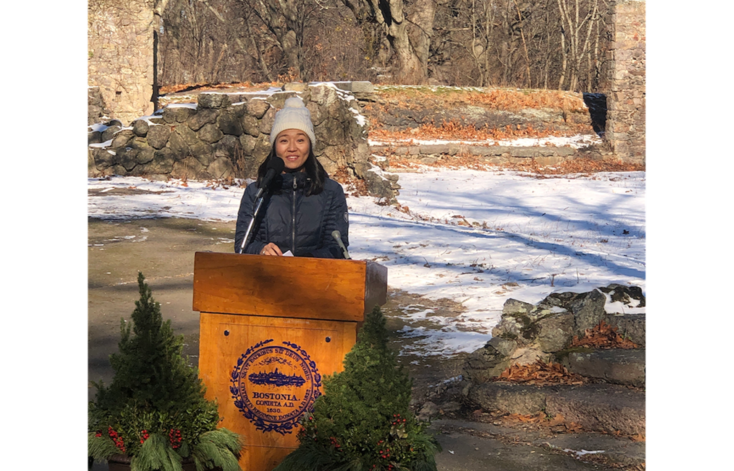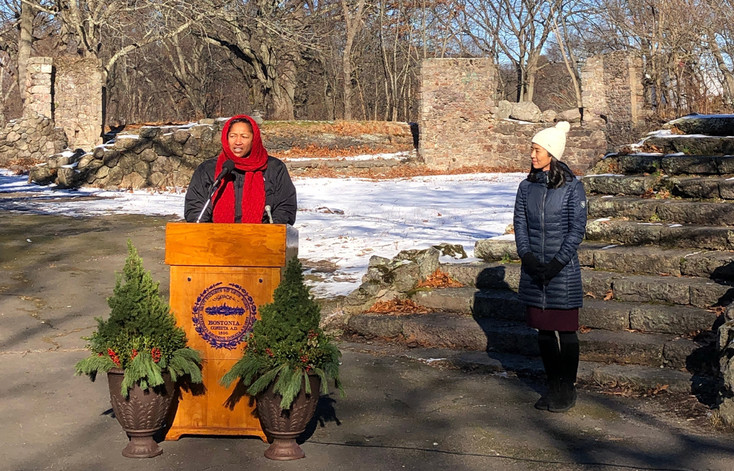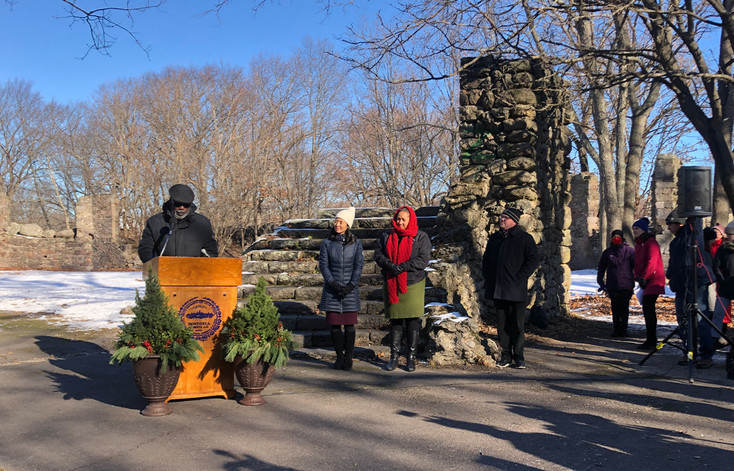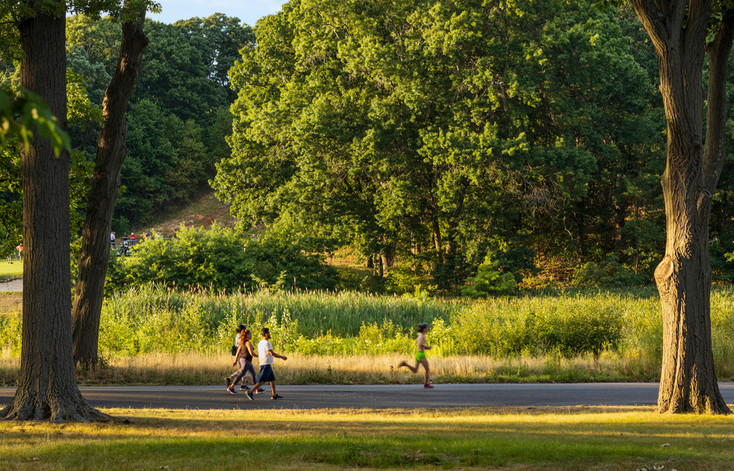Franklin Park Action Plan Debuts
On Tuesday, December 13, Boston Mayor Michelle Wu and Chief of Environment, Energy and Open Space Rev. Mariama White-Hammond with Boston Parks Department and the Franklin Park Coalition launched the Franklin Park Action Plan, a 400-page comprehensive vision for the city’s largest park, planned originally by Frederick Law Olmsted and considered to be part of a trilogy that includes Manhattan’s Central Park and Brooklyn’s Prospect Park. The plan is now available online and is subject to a 60-day period of public comment; review the full document and offer feedback here.
In 2019, the Boston Parks and Recreation Department engaged Reed Hilderbrand, in partnership with Agency Landscape + Planning and MASS Design Group, to lead a team of 14 consultants in the creation of the Franklin Park Action Plan.
Highlights of the plan’s recommendations include restoring and activating the Bear Dens with new uses; reintroducing the Elma Lewis Playhouse to the Overlook with a new stage, restrooms, and seating; upgrading active spaces like trails, play areas, athletic fields, and picnic sites; creating a welcoming “front porch” for the Blue Hill Avenue entrance at Peabody Circle with terraced seating; and rehabilitating the landscape of the park by removing invasive plants, cutting back vegetation to reveal the park’s sweeping vistas, and planting new native species and trees. “Franklin Park is a treasured green space for our Boston residents and has played a crucial part in bringing our communities and neighborhoods together across generations,” said Mayor Michelle Wu. “With this Action Plan, residents and park users will have the opportunity to help the City shape the future of the park and to create a roadmap for preservation, maintenance, and public use of Olmsted’s historic landscape.”
The themes addressed in the park’s original design are paramount to the Franklin Park Action Plan. These include historical and cultural significance, access to open space, public health benefits, and opportunities for nurturing community relationships. “Our goal throughout the process has been to understand past planning efforts, learn what is (and isn’t) working in the park, and what park users would like to see in the future,” said Rev. Mariama White-Hammond, Chief of Environment, Energy, and Open Space for the City of Boston. “With this new funding we’re able to abandon the piecemeal approach and make a real difference for the park and the people who love it.”
“We rediscovered Franklin Park through the memories and voices of the community,” said John Kett, Reed Hilderbrand’s managing principal. “We have always understood this place to be of cultural consequence, because of the Olmsted legacy. But there’s more to this place, more stories, more experiences—Franklin Park has meant so much to Bostonians. The Action Plan recognizes them and seeks to follow their lead in guiding future investments to bring the park into the twenty-first century.” Over the course of the three-year planning process, community members and park stakeholders identified a long list of needs and wishes for the park. Among the top community priorities were: elevating the standard of care across the park, restoration of and improvements to The Bear Dens, The Overlook, Peabody Circle, and Ellicottdale, as well as park-wide upgrades to lighting, drainage, signage, and circulation. Park improvements and enhanced programming have already begun with funding from the Franklin Park Endowment Trust and will be complemented with expanded capital improvements focused on community priorities.
